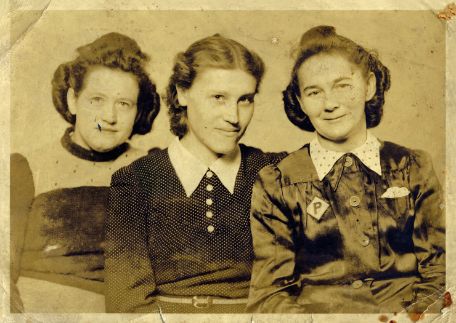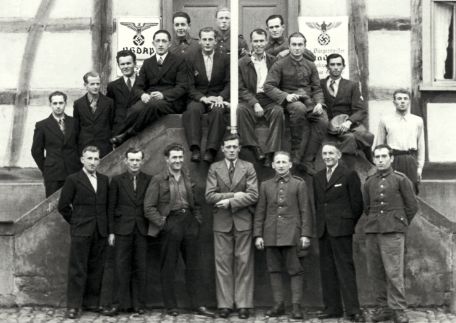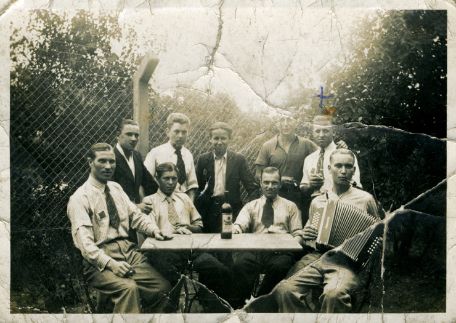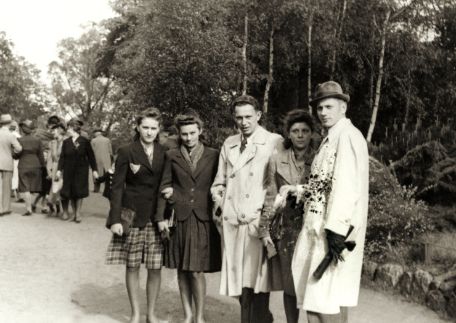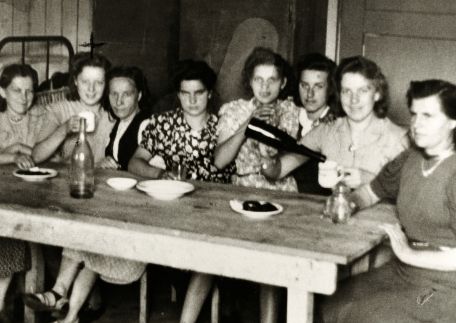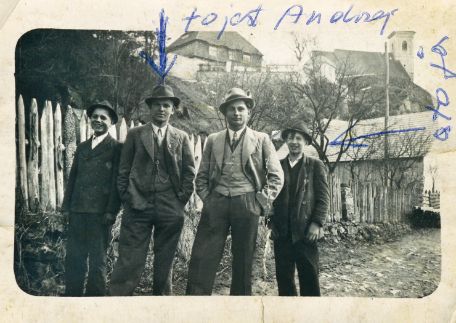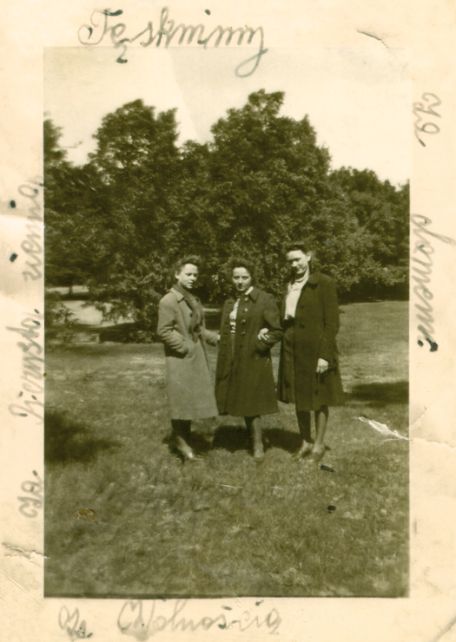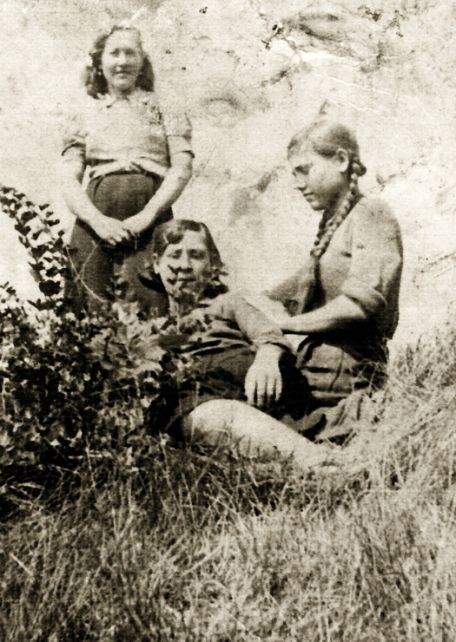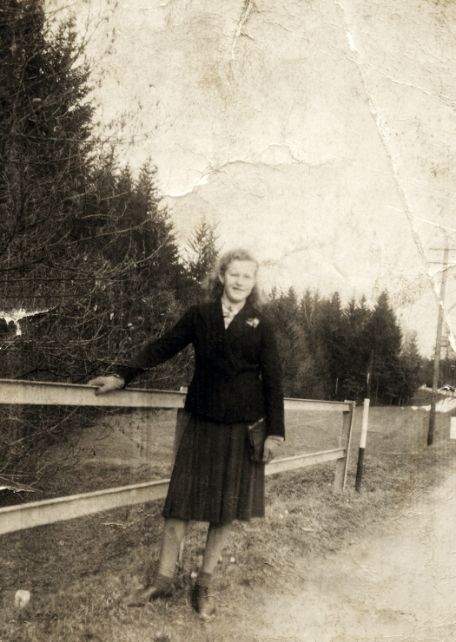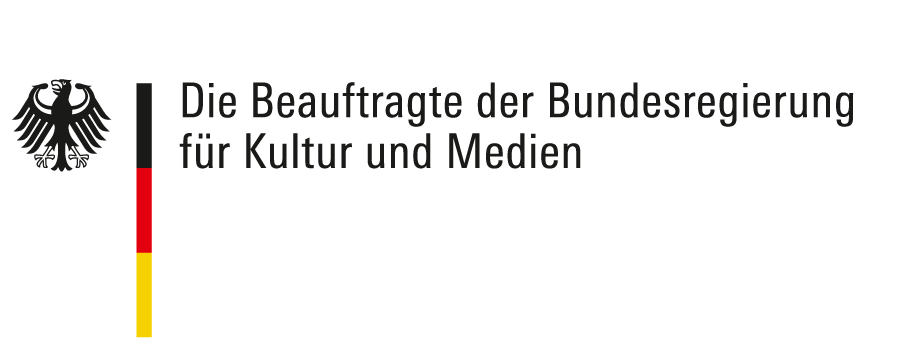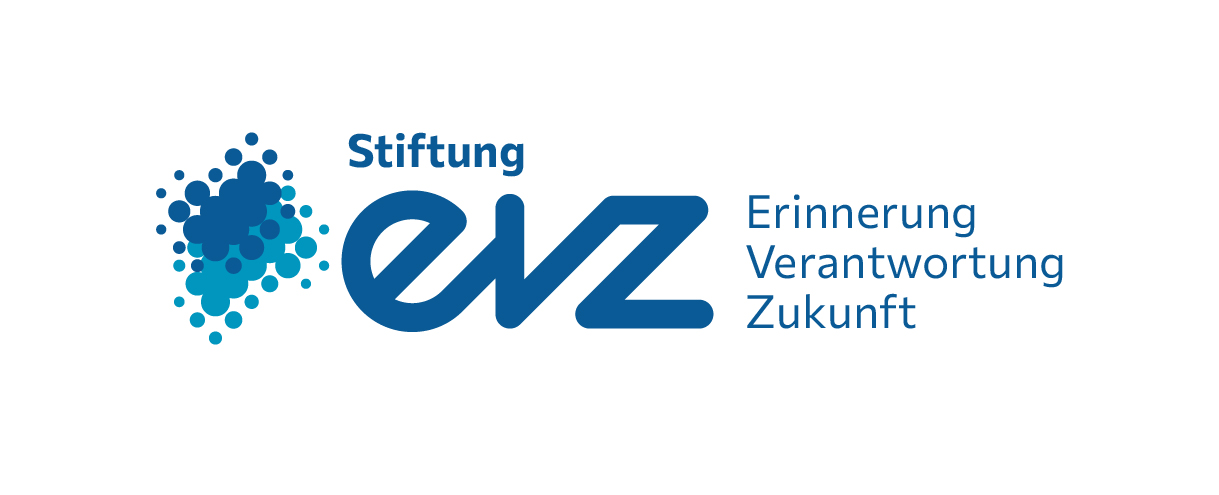A look at the everyday lives of forced laborers
The scenes shown in the images seem puzzling at first. They show young people in apparently private, everyday moments, during their free time, celebrating or on an excursion. Work and violence are not depicted in these private images. Forced laborers do not appear as the impersonal mass so often conveyed by the documents and descriptions of German writers. These are not the cliched, objectifying photos found on workers’ cards, identification papers, or police files.
Instead, the photos reveal people who have managed to gain a bit of normalcy and step out of the disenfranchised role imposed on them by the Germans. The photographs show self-assured individuals. Often the images were intended for relatives as a reassuring sign of life.
The interventions combine—and contrast—these images with the dedications and memories of forced laborers documenting the actual conditions under which they were taken. This provides a remarkable look at the everyday life of forced laborers in the German Reich.
→ From a ban on cameras to the photo studio
In keeping with German racial regulations, Polish and Soviet laborers were strictly forbidden from having a camera. Often western European or Czech forced laborers, who were allowed to own a camera, therefore functioned as photographers for the Polish and Soviet workers.
German photographers also earned money by taking photographs of Eastern European laborers. For example, former forced laborers in Berlin recall German photographers approaching foreign workers in many public spaces and offering to take photographs of them for a fee. Many of these photographs were also taken in German photo studios, printed as postcards, and then sent by forced laborers to their family members.
Some Polish and Soviet forced laborers secretly owned cameras.
